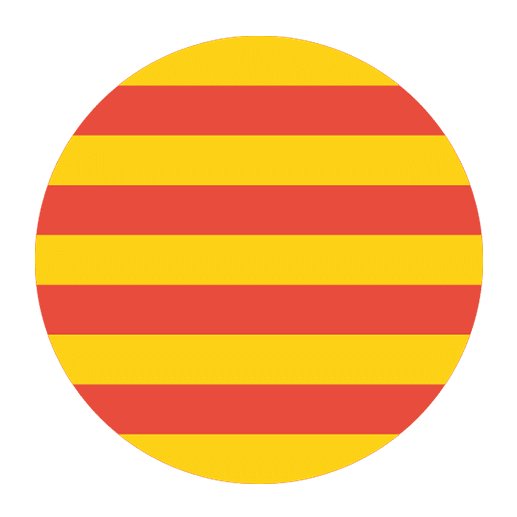The Catalan language, a Romance language spoken by over 10 million people in regions including Catalonia, Valencia, the Balearic Islands, and even parts of France and Italy, has a rich history and cultural significance. However, like many minority languages, it faces challenges related to its preservation and promotion in a globalized world dominated by major languages such as English, Spanish, and French. One of the crucial tools in the preservation and promotion of the Catalan language is media. This article explores the role of media in promoting the Catalan language, highlighting various forms of media and their impact on language learning and cultural preservation.
The Historical Context of Catalan Media
To understand the current role of media in promoting the Catalan language, it’s essential to look at the historical context. The Catalan language has experienced periods of flourishing and suppression throughout history. During Franco’s dictatorship in Spain (1939-1975), the use of Catalan in public life was severely restricted, and the language was banned from official use, education, and media. This period left a significant impact on the language’s presence in public life.
The transition to democracy in Spain brought about a renaissance for the Catalan language. The establishment of Catalonia as an autonomous community in 1979 included measures to promote and protect the Catalan language. Media became a vital tool in this resurgence, playing a key role in normalizing the use of Catalan in everyday life and reinforcing its cultural significance.
Television and Radio
One of the most influential forms of media in promoting the Catalan language is television and radio. The establishment of Catalan-language broadcasting services has been instrumental in reaching a wide audience and fostering a sense of linguistic and cultural identity.
TV3
TV3, the primary television channel of Catalonia, was launched in 1983 and is operated by Televisió de Catalunya. It is one of the most significant contributors to the promotion of the Catalan language. By offering a wide range of programming, from news and documentaries to entertainment and children’s shows, TV3 has successfully integrated Catalan into the daily lives of its viewers. The channel’s commitment to producing high-quality content in Catalan has helped to normalize the language and make it more accessible to both native speakers and learners.
Other Catalan Channels
In addition to TV3, other Catalan-language channels such as 33, Super3, and 8tv also play a crucial role in promoting the language. These channels cater to different demographics, ensuring that Catalan-language content is available for all age groups and interests. For example, Super3, a children’s channel, offers programming specifically designed to engage young viewers and encourage them to use Catalan from an early age. This early exposure is vital for language acquisition and helps to ensure the continued use of the language by future generations.
Radio Stations
Radio is another powerful medium for promoting the Catalan language. Stations like Catalunya Ràdio, RAC1, and Ràdio Flaixbac provide a diverse range of programming in Catalan, including news, talk shows, music, and cultural programs. These stations not only offer an essential service to native Catalan speakers but also provide a valuable resource for language learners. Listening to radio programs in Catalan can help learners improve their listening skills, expand their vocabulary, and gain a deeper understanding of the language’s nuances and regional variations.
Print Media
Print media, including newspapers, magazines, and books, has played a significant role in promoting the Catalan language. The availability of written content in Catalan helps to normalize the language in public and private life, making it more accessible and familiar to speakers and learners alike.
Newspapers
Several newspapers in Catalonia publish content primarily in Catalan, including “La Vanguardia,” “Ara,” and “El Punt Avui.” These publications cover a wide range of topics, from local and international news to sports, culture, and opinion pieces. By providing comprehensive news coverage in Catalan, these newspapers contribute to the language’s visibility and prestige. They also serve as valuable resources for language learners, offering opportunities to practice reading and comprehension skills while staying informed about current events.
Magazines and Periodicals
Magazines and periodicals in Catalan cater to a variety of interests and demographics, from fashion and lifestyle to science and literature. Publications like “Sàpiens,” a history magazine, and “Cavall Fort,” a children’s maga

